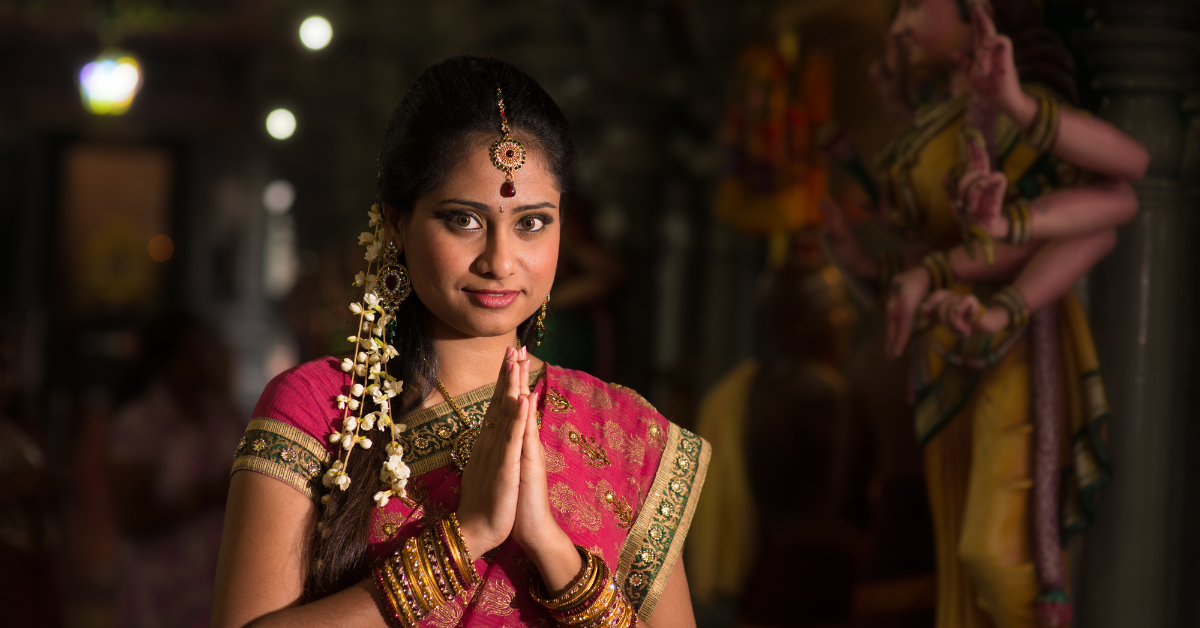Japan and India are very different geographically and culturally, yet in recent years, exchanges have grown in fields such as business and education. The images Japanese people hold of Indians are a mixture of respect and bewilderment, often shaped by differences in values and lifestyles.
Positive Images of Indians
Among the images Japanese people have of Indians, the most widespread is that Indians are intelligent and highly skilled in academics. Many outstanding individuals have emerged in mathematics and IT, which is well known worldwide. Indian education emphasizes logical thinking, and children are trained in calculation from an early age, creating an environment where capable people grow naturally. For this reason, Japanese companies increasingly hire Indian engineers and researchers, spreading the positive impression of “Indians = smart.”
Moreover, India is a multilingual and multiethnic society. Thus, Indians are often regarded as highly adaptable to different cultures. Many speak fluent English and possess strong international communication skills, which is highly attractive to Japanese people. Especially in global projects, this ability often proves valuable.
Additionally, yoga and meditation, traditional Indian practices, are increasingly integrated into Japanese life. Because of this, Indians are often seen as people with high spirituality and philosophical thinking.
Examples of Positive Images
| Field | Specific Evaluation | Background |
|---|---|---|
| Academics & Skills | Strong in math and IT, intelligent and capable | Strong science-based education, proven track record |
| Internationalism | Fluent in English, flexible in multicultural settings | Multilingual nation, extensive international exposure |
| Spiritual Culture | Value yoga and meditation, spiritually rich | Influenced by ancient philosophy and religion |
Negative Images of Indians
On the other hand, there are negative perceptions as well. The most common is the difference in time perception. In Japan, punctuality is considered essential, but in India, schedules often shift, and society generally maintains a flexible sense of time. As a result, Japanese people frequently perceive Indians as “loose with time.”
Another impression is that Indians are overly assertive. In Indian society, it is necessary to clearly state one’s opinion, so in meetings and negotiations, Indians actively speak up. However, in Japan, modesty and harmony are valued, so strong assertions can be perceived as “pushy.”
Furthermore, differences in hygiene standards also influence Japanese impressions of Indians. Japan has one of the highest levels of cleanliness awareness worldwide, with well-maintained public spaces. In India, however, standards of cleanliness vary depending on the region and environment. As a result, some Japanese may assume Indians lack hygiene, but this is largely due to infrastructure and social conditions rather than individual habits.
Examples of Negative Images
| Field | Specific Evaluation | Background |
|---|---|---|
| Sense of Time | Loose, hard to keep schedules | Affected by traffic and social conditions |
| Communication | Overly assertive | Necessity to state opinions clearly in a diverse society |
| Hygiene | Different standards of cleanliness | Dependent on infrastructure and environmental conditions |
Comparing Japanese and Indian Values
Comparing the values of the two countries reveals the reasons behind differing impressions. Japan values “harmony” and accepts ambiguity, while India is a society built on “diversity.” Thus, differences in assertiveness and time perception often lead to misunderstandings.
Comparison of Values
| Category | Japan | India |
|---|---|---|
| Sense of Time | Strict, even minutes of lateness are unacceptable | Flexible, schedules shifting is normal |
| Communication | Modest, harmony-centered | Actively assertive, welcomes debate |
| Cultural Outlook | Emphasis on homogeneity | Diversity as the foundation |
Background and Cautions in Image Formation
Images of Indians are often shaped by media and short-term interactions. However, India has enormous regional diversity. Differences between urban and rural areas or northern and southern regions mean that lifestyles and values vary widely. Judging the whole based on limited experiences can lead to stereotypes.
As exchanges between Japan and India increase, fixed ideas are gradually shifting. In the past, India was perceived only as a “distant country,” but now concrete relationships exist through business partnerships and international students. Through these interactions, misunderstandings are being corrected over time.
Factors Shaping Images
| Factor | Description | Impact |
|---|---|---|
| Media | Portrayals in news and films | Simplifies and generalizes impressions of the nation |
| Experiences | Encounters in travel or business | Individual experiences reinforce stereotypes |
| Social Background | Multiethnic society, diversity of religion and language | Leads to strong self-assertion and flexible lifestyles |
Conclusion
The images Japanese people have of Indians include both positive perceptions such as intelligence, capability, and spirituality, and negative impressions such as looseness with time, strong self-assertion, and differing hygiene standards. These impressions are not one-dimensional. When cultural and social backgrounds are taken into account, they can be understood more accurately.
The key is not to judge based on prejudice but to build understanding through actual exchanges and mutual respect. By acknowledging differences not as flaws but as cultural characteristics, Japan and India can form a more constructive and richer relationship, strengthening cooperation for the future.






